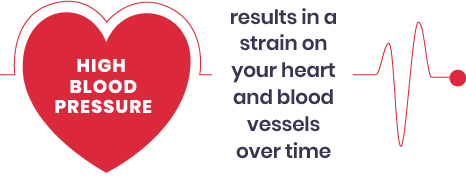The Impacts of ACEs
THE IMPACT OF ACEs
ACEs and Toxic Stress
Positive Stress
When people face difficult situations, their bodies naturally respond with stress. This isn’t always bad – it’s how we learn to tackle challenges, like getting vaccinations or adjusting to a new school or job.
This kind of “positive stress” is adaptive – it’s a normal and healthy part of growing up and helps people learn to be resilient.
Tolerable Stress
Tolerable Stress can be brought on by events that most of us have to go through like losing a loved one or suffering an injury.
Tolerable stress is experienced during a challenging time and it generally goes away once the event that triggered the stress is over.
Toxic Stress
The stress that happens in response to ACEs is harmful. We call this “Toxic Stress” because it damages both the brain and body, leading to lasting health effects.
THE NEUROBIOLOGY
Of Toxic Stress
When children experience toxic stress, their brain releases the stress hormones adrenaline and cortisol, chemicals that prepare them to either fight the problem or run away from it (called the fight or flight response). This is the body’s way of protecting itself.

Fight or Flight Response
But when stress lasts a long time, especially without supportive adults to help, it can lead to problems with learning, behavior, staying healthy, and growing properly.

That’s because young children’s brains are developing very quickly, so they are especially vulnerable to experiences that can derail their development.
When children endure prolonged exposure to toxic stress early in life, they may show heightened sensitivity to stressors later on, even minor stressors.
It’s like they are carrying a heavy backpack of worries everywhere they go, where each new challenge adds an additional burden, weighing them down and hindering their progress.



For someone with a high ACE score, even small bumps in the road can feel like adding more weight to that backpack, making it harder to keep going.
These physiological repercussions stem from the sustained elevation of adrenaline and cortisol levels that activate the fight-or-flight response.
For example, high adrenaline and cortisol raise blood pressure, which over time will weaken the cardiovascular system and increase blood sugar levels, which can lead to type 2 diabetes or problems with high cholesterol.



